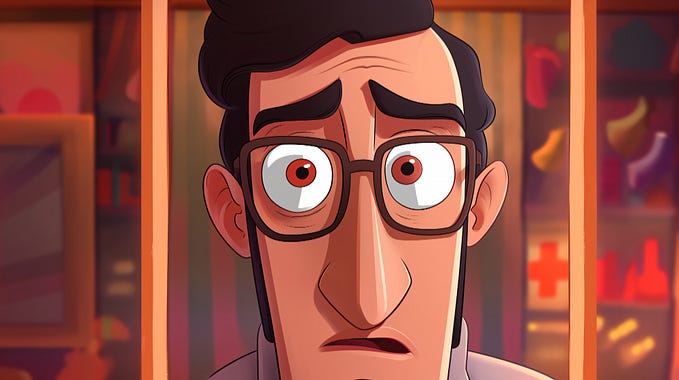Member-only story
The Barely Hidden Flaws in Jordan Peterson’s Scholarship
His interpretation of a Babylonian creation myth is contradicted by the very authors he cites as sources

The Faculty of Divinity at Cambridge University recently announced that, after further review, they had rescinded a fellowship previously offered to Canadian psychologist and self-help author Jordan Peterson. Other faculty members expressed doubt that an official offer was ever made in the first place. “It’s not clear to me that this ‘fellowship’ existed except as request by Peterson to affiliate to the Faculty,” English lecturer Priyamvada Gopal remarked on Twitter. “My guess: he asked a couple of professorial chums… in Divinity to give him a berth; he’d basically pay his way.”
Regardless of the actual circumstances, much of the media has run with the narrative that an offer was made and then rescinded. The Guardian cited a “backlash from faculty and students” as the cause for this decision, while Peterson’s own statement called those who blocked his appointment “conspiratorial, authoritarian and cowardly bureaucrats.” Right-wing outlet The National Review took this assessment a step further, characterizing the faculty who challenged Peterson as “petulant careerists” hell-bent on reviving the Inquisition.
Such criticism hinges on the notion that Peterson has controversial yet academically important ideas and that refusing to platform them is tantamount to intellectual dishonesty. But there is a far more compelling reason not to let Peterson’s assertions go uncontested: when it comes to his claims regarding ancient texts, Jordan Peterson is a dangerously sloppy scholar whose own sources contradict the very claims he uses them to make.
Last fall, in preparation for a paper I gave at a conference on Peterson and his influence, I read Maps of Meaning (1999), his 400-page magnum opus. In this volume, he lays out the philosophy he expounds upon in his newer book, 12 Rules for Life: An Antidote to Chaos, and his myriad YouTube lectures, with which I also spent perhaps a little too much time. (You can read my paper, with citations for everything in this post here, and you can watch my conference presentation here.)







